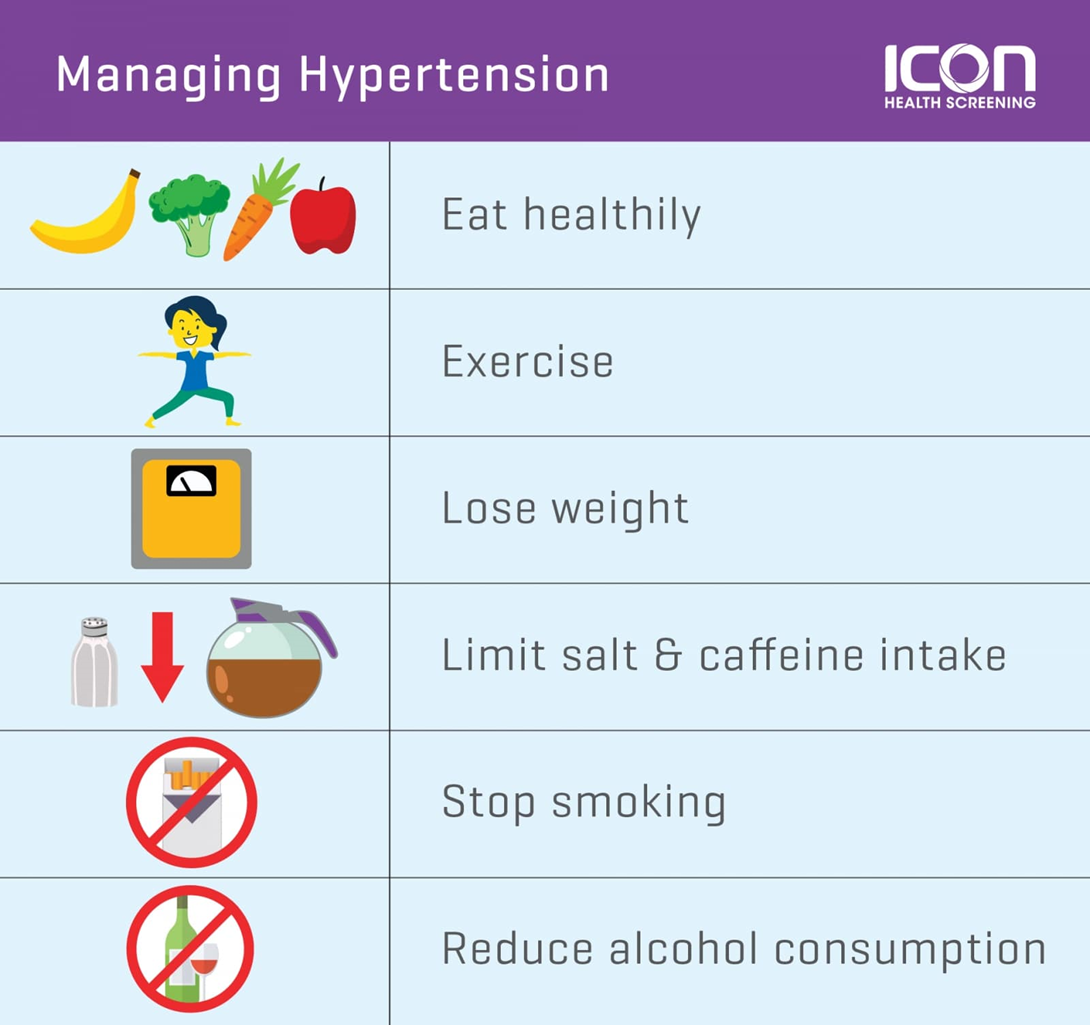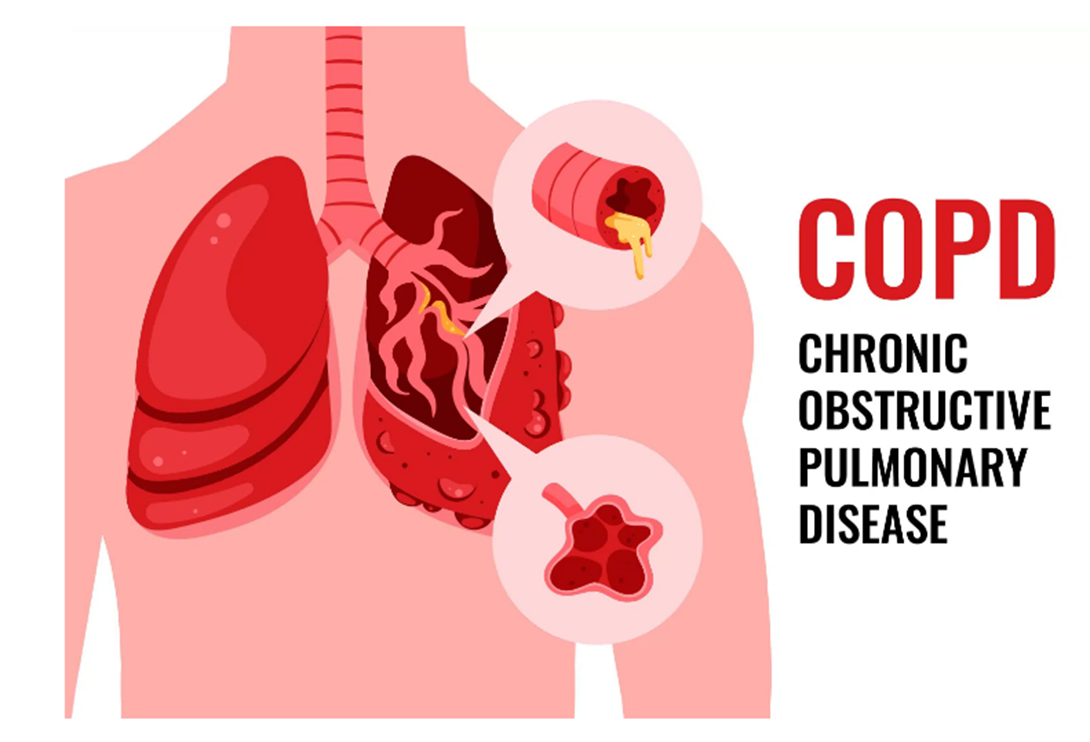The nurse is educating a client about essential hypertension prevention. Which information should the nurse provide? (Select all that apply)
Alcohol consumption will not produce vascular changes.
Weight management is promoted by taking daily walks for thirty minutes.
Salt substitutes can help with maintaining a healthy diet.
Blood pressure readings should be taken at noontime.
Sodium intake can be regulated by rinsing canned foods in water.
Uncontrolled hypertension can lead to renal damage.
Correct Answer : B,C,E,F
Choice B reason: weight management is an important factor in preventing and controlling hypertension. Taking daily walks for thirty minutes can help reduce weight and lower blood pressure.
Choice C reason: salt substitutes can help with maintaining a healthy diet by reducing sodium intake. Sodium intake is associated with increased blood pressure and should be limited to less than 2,300 mg per day.
Choice E reason: sodium intake can be regulated by rinsing canned foods in water. Canned foods often contain high amounts of sodium as a preservative and rinsing them can remove some of the excess sodium.
Choice F reason: uncontrolled hypertension can lead to renal damage. Hypertension can cause damage to the blood vessels and impair the function of the kidneys, leading to chronic kidney disease or failure.
Choice A reason: alcohol consumption can produce vascular changes that increase blood pressure. Alcohol intake should be limited to no more than one drink per day for women and two drinks per day for men.
Choice D reason: blood pressure readings should not be taken at noontime. Blood pressure readings should be taken at the same time each day, preferably in the morning before breakfast or in the evening before dinner.

Nursing Test Bank
Naxlex Comprehensive Predictor Exams
Related Questions
Correct Answer is C
Explanation
Choice A reason: Reinforcing need for adequate hydration is not the most important action for the nurse to implement, as this is a general recommendation for all clients and does not address the specific needs of this client. This is a distractor choice.
Choice B reason: Providing typed instructions for healthy diet selection is not the most important action for the nurse to implement, as this may not be feasible or accessible for this client who lives in a poor neighborhood and may have limited resources and literacy. This is another distractor choice.
Choice C reason: Scheduling follow-up appointments with specialists is the most important action for the nurse to implement, as this can ensure that this client receives continuous and comprehensive care for their complex and chronic conditions, which can improve their outcomes and quality of life. Therefore, this is the correct choice.

Choice D reason: Demonstrating specific breathing and walking exercises is not the most important action for the nurse to implement, as this can be done by other health care professionals or at home by the client. This is another distractor choice.
Correct Answer is ["1"]
Explanation
To calculate how many mL/hr the nurse should program the infusion pump, we need to use the following formula:
mL/hr = (units/hr) / (units/mL)
where units/hr is the prescribed dose of insulin per hour, and units/mL is the concentration of insulin in the IV solution.
In this case, we are given that:
units/hr = 1 unit (the usual starting dose for IV insulin)
units/mL = 100 units / 100 mL = 1 unit/mL
Plugging these values into the formula, we get:
mL/hr = (1 unit/hr) / (1 unit/mL)
mL/hr = 1 mL/hr
Therefore, the nurse should program the infusion pump to deliver 1 mL/hr.
Whether you are a student looking to ace your exams or a practicing nurse seeking to enhance your expertise , our nursing education contents will empower you with the confidence and competence to make a difference in the lives of patients and become a respected leader in the healthcare field.
Visit Naxlex, invest in your future and unlock endless possibilities with our unparalleled nursing education contents today
Report Wrong Answer on the Current Question
Do you disagree with the answer? If yes, what is your expected answer? Explain.
Kindly be descriptive with the issue you are facing.
